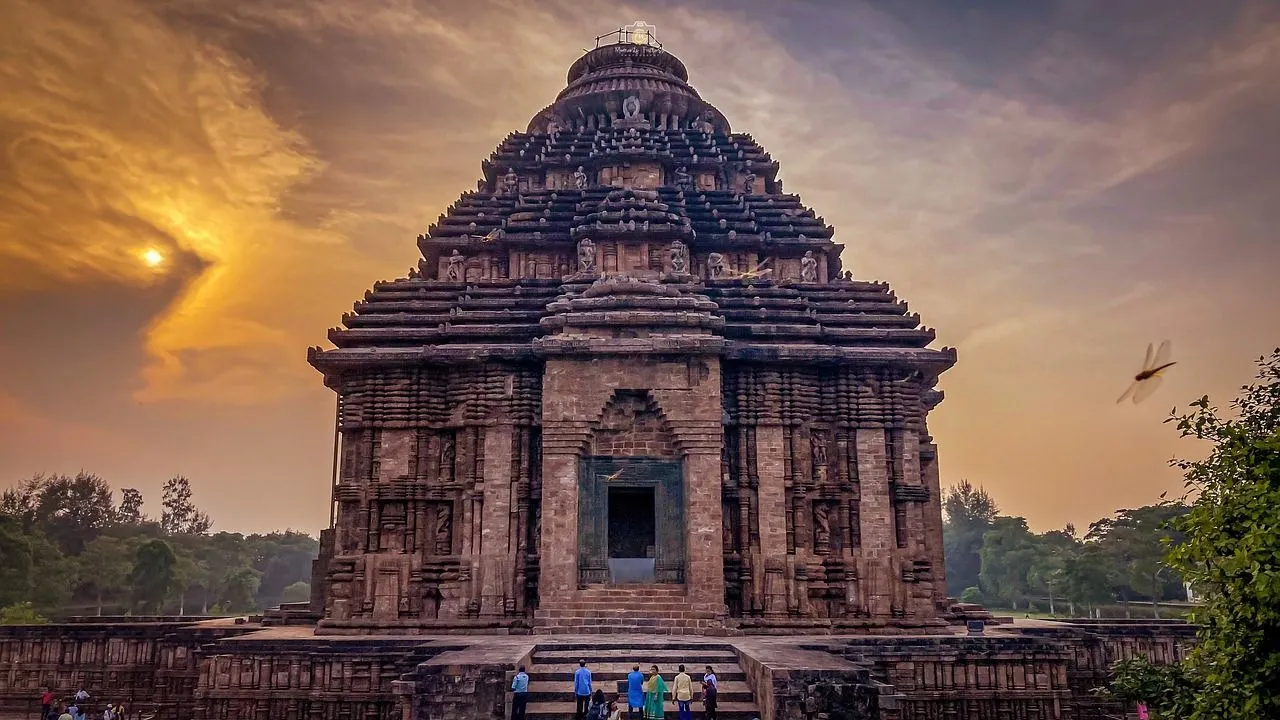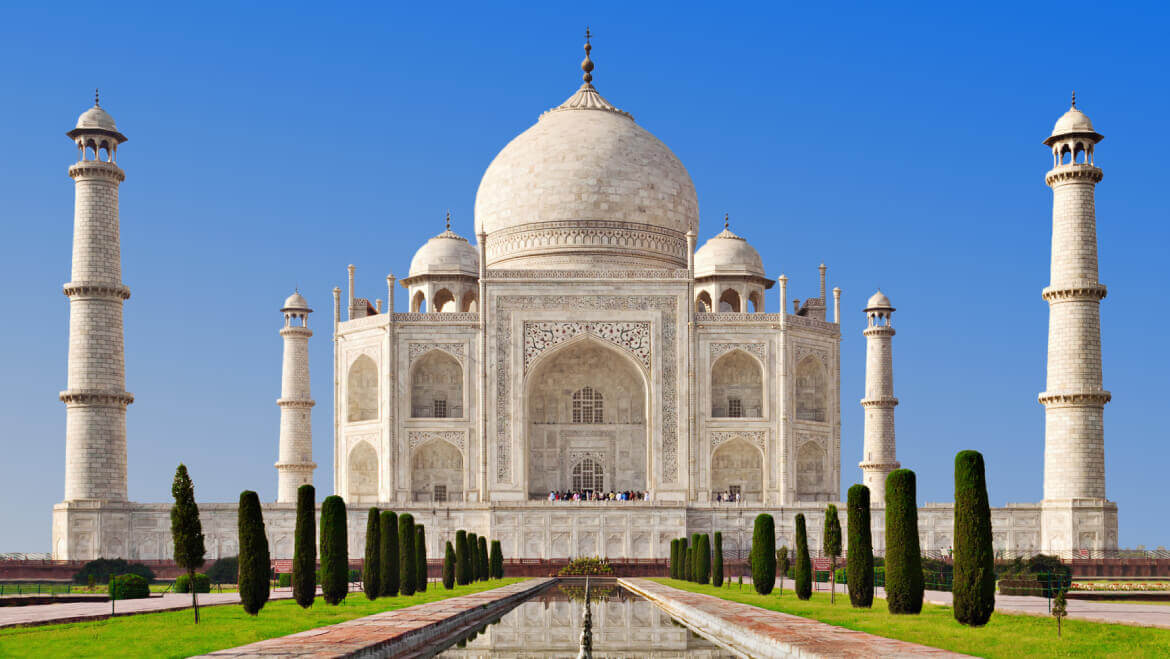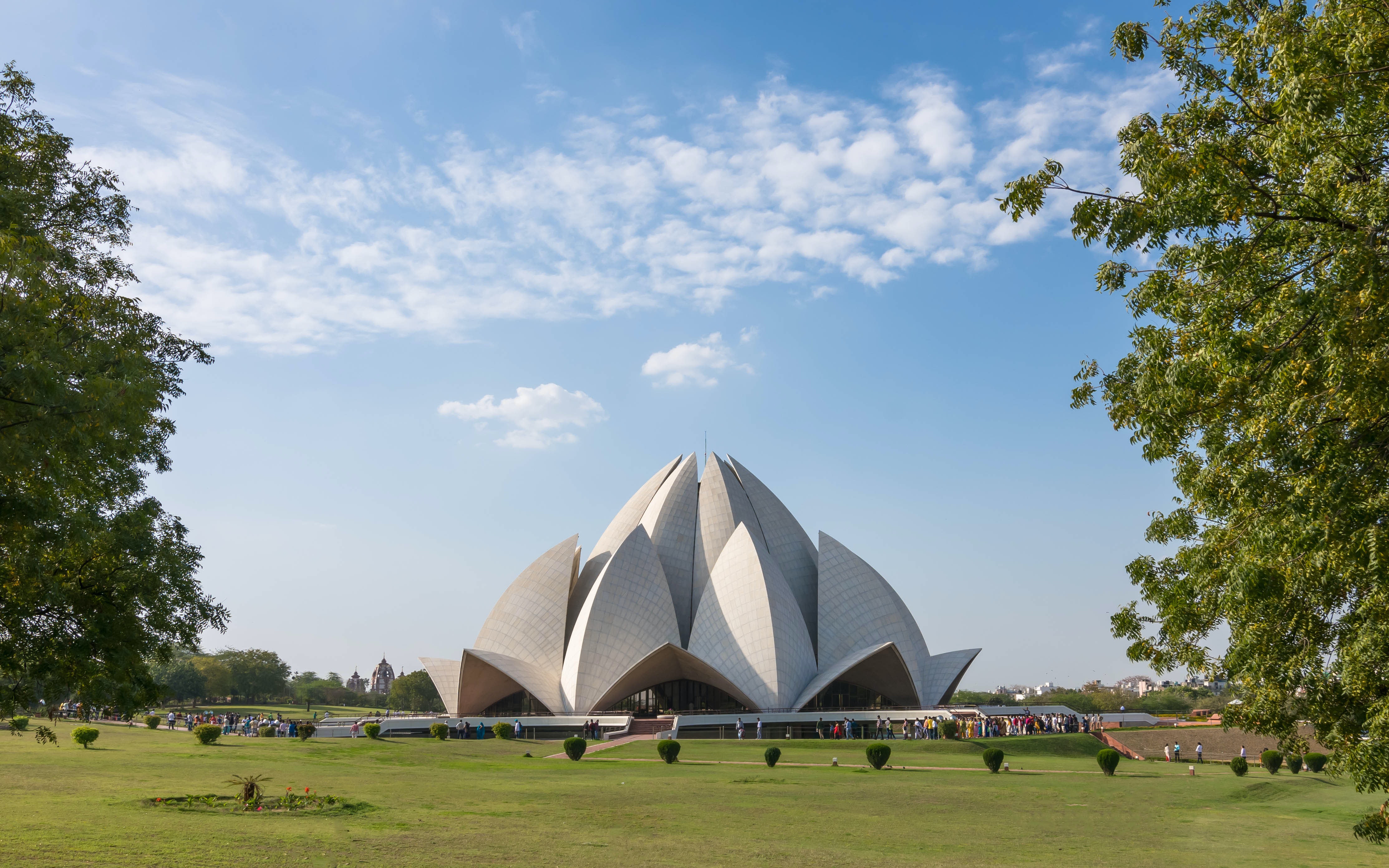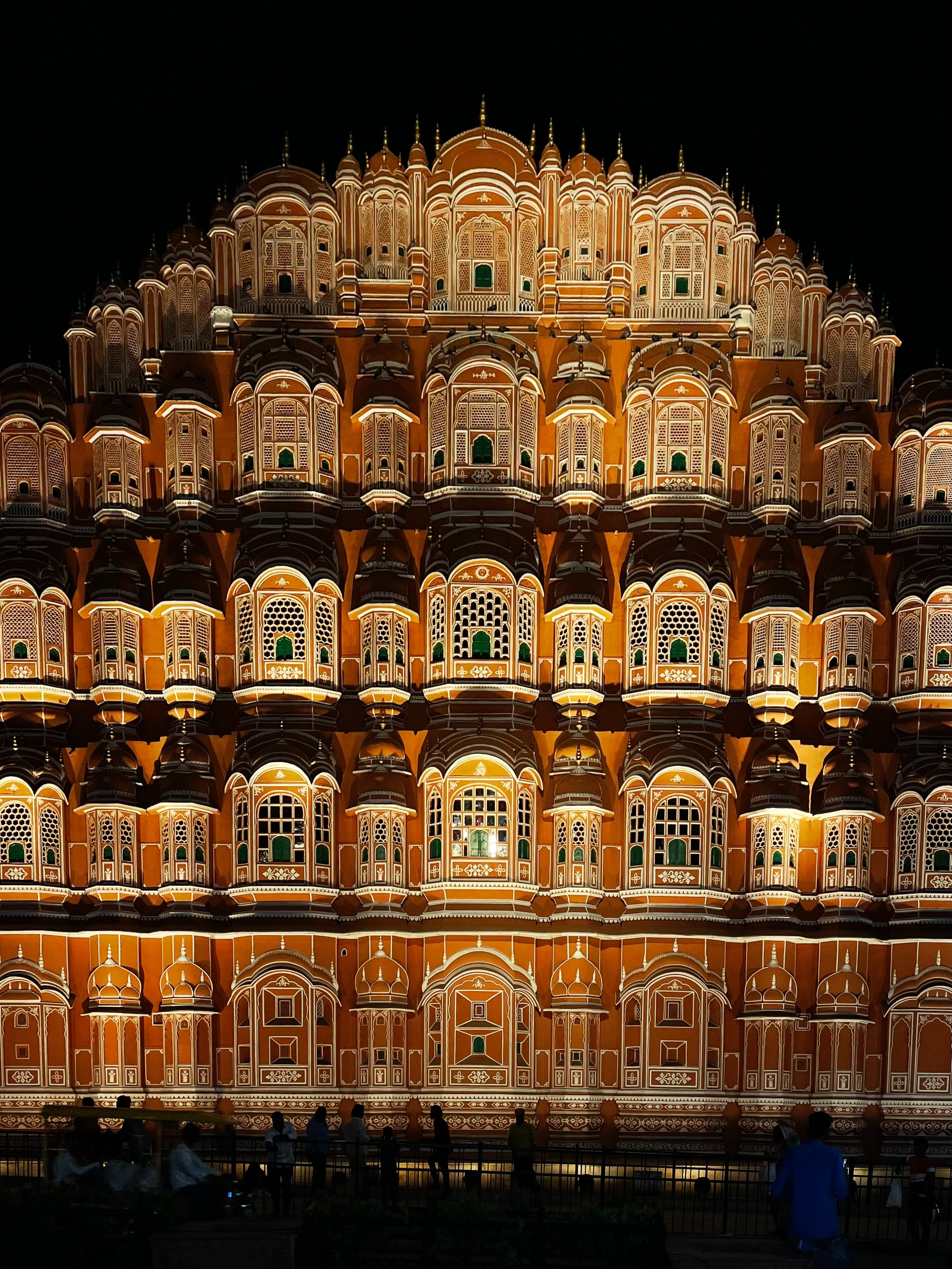
GOLDEN TEMPLE
Sri Harmandir Sahib or Darbar Sahib aka The Golden Temple is one of the most visited tourist attractions in India. Pilgrims, devotees and travellers from all around India and foreign visit the Golden Temple to be awed by its splendor and ambience. It is renowned for its mesmerising architecture, friendly volunteers, peaceful vibes and the daily langars. Sikhs revere the Golden Temple as it constantly reassures their faith in their religion and humanity. It is a symbol of universal brotherhood.
SUN TEMPLE
Dedicated to Lord Surya, this 13th-century temple is an architectural marvel and the quintessential example of Oriyan form of architecture. It is believed that the temple was constructed by King Narasimhadeva I of Eastern Ganga Dynasty. The shape of the temple is of a massive chariot with sumptuously engraved stone wheels, pillars and walls. A major part of the structure at present is in ruins. The temple is a UNESCO World Heritage Site.


TAJ MAHAL
The Taj Mahal is one of the seven wonders of the world and is considered to be the most popular tourist attraction in the country. A symbol of love, the Taj was built by Mughal Emperor Shah Jahan for his queen Mumtaz. Tagore described the Taj as a "teardrop on the cheek of eternity". The monument attracts a lot of tourists all around the year.
LOTUS TEMPLE
This temple is built in the shape of a lotus flower. Completed in 1986 it is set among the lush green landscaped gardens. The structure is made up of pure white marble. The architect Furiburz Sabha chose the lotus as the symbol common to Hinduism, Buddhism, Bhai Temple Jainism and Islam. Adherents of any faith are free to visit the temple and pray or meditate. Around the blooming petals there are nine pools of water, which light up, in natural light. It looks spectacular at dusk when it is flood lit.


HAWA MAHAL
The massive edifice of Hawa Mahal stands at the intersection of the main road in Jaipur, Badi Chaupad and was built by Maharaja Sawai Pratap Singh in the year 1799. Hawa Mahal derives its name from its unique structure, which is a mesh of small windows that allowed cool wind to enter the palace and hence kept the palace comfortable during the hot summer months. The main reason behind the palace's construction was to allow the women of the royal house to observe the festivities on the streets whilst being unseen from the outside as was the custom of the land. It is located right on the edge of the City Palace Jaipur and extends right to the 'zenana'. Hawa Mahal is a structure made of red and pink sandstone and has a pyramidal structure which almost resembles a crown. It has been embellished with 953 tiny windows, also known as 'Jharokhas' and embellished with gorgeous latticework.